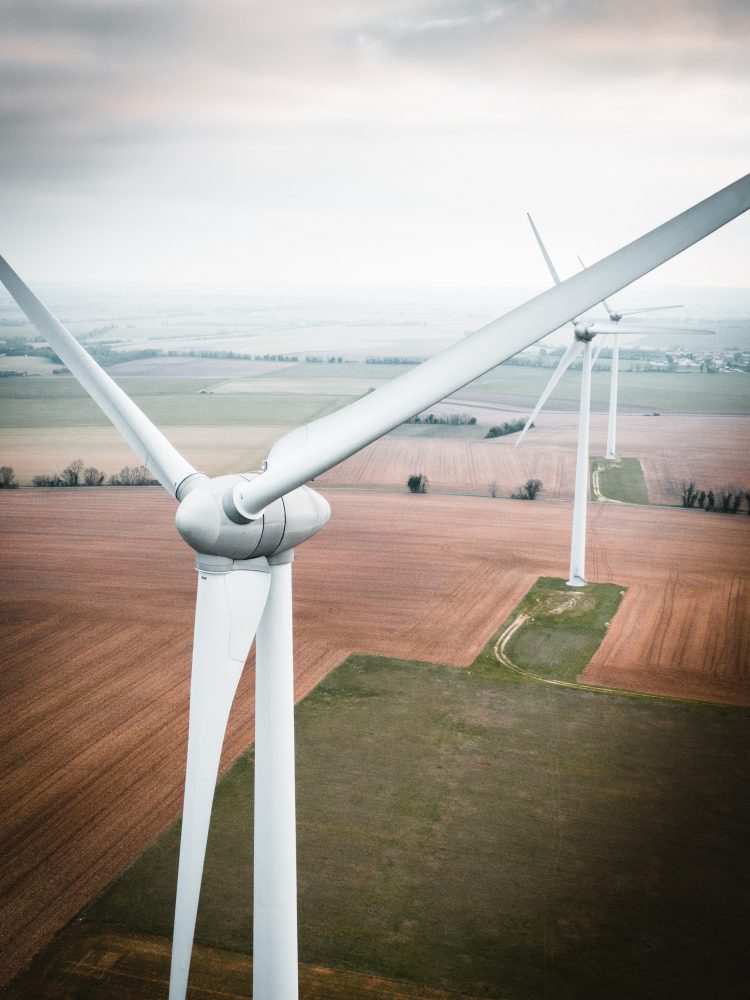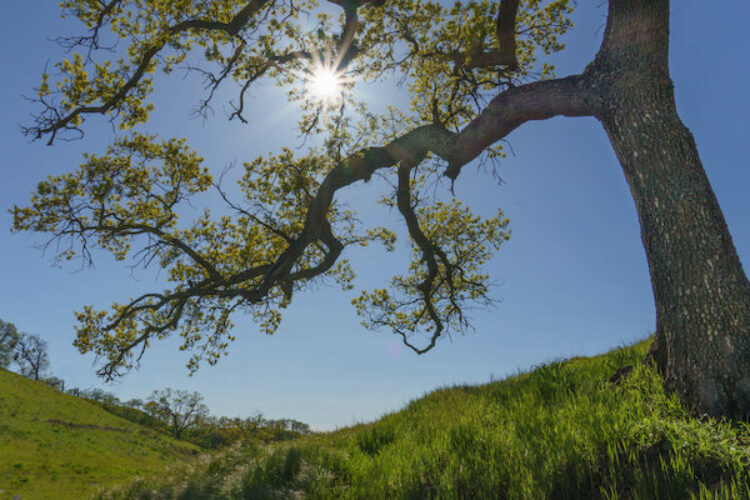Review: Coming Back to Life: The Updated Workbook to the Work that Reconnects
by Quaker Earthcare Witness.
Coming Back to Life by Joanna Macy and Molly Young Brown is expanded and updated from their book of the same name published in 1998 (New Society Publishers, 2014, Gabriola Island, BC). The Deep Ecology work of Joanna Macy, also called the “Work that Reconnects,” dates back to the 1970s. Hundreds of thousands of people have taken her workshops and many have become facilitators and held their own workshops, so this approach is relatively well known. Molly Young Brown joined the work in 1987. This book is intended as a guidebook to provide the tools needed to offer workshops, but it is much, much more.
In her Preface, Joanna Macy writes, “Our aim was to unblock the feedback loops so that people can trust their own experience and speak the truth of what they see and feel and know is happening to their world.”
In her Preface, Molly Young Brown writes, “I believe we can cut through denial and take a good hard look at the dysfunctional economic system that has captured humanity and is destroying our life support system.”

The first three chapters, “To Choose Life,” “The Greatest Danger—The Deadening of Heart and Mind,” and “The Basic Miracle— Our Nature and Power,” set the theory, making use of the authors’ backgrounds in applied living systems thinking and psychosynthesis to assess our relationship to the current condition of life on Earth. I found this section breathtaking. I had to read it slowly because every sentence was a profound, quotable one.
As anyone who has been exposed to one of these workshops knows, they begin by acknowledging the pain and grieving over our feelings about the current situation. In that process we often find deep pain that has led to denial or avoidance that blocks our ability to act. Having swept away those blockages, the work goes on to develop the energy and vitality needed to act.
There is an excellent chapter with good advice on how to facilitate a workshop. Many exercises give good ideas that can be used in any setting. For example, several of the exercises involve the use of four voices: the presenter, one with the opposite view, the viewpoint of a non-human that is affected by that particular situation, and the view from future humans whose lives are affected by choices made now. Each exercise is explained and then the specific method used is delineated in detail, including suggested text for guided meditations. Even if the reader is not involved in presenting workshops, the book can be used for personal uplifting and energizing, especially as there is so much negativity about us.
A special chapter on “Work that Connects with Children and Teenagers” draws from the authors’ wealth of experience delivering workshops to various ages in various situations. I was so engrossed in the chapter on “Learning with Communities of Color” that I nearly missed a bus. Joanna describes her experience, knowing that most of her workshop participants were middle-aged white women and that communities of color experience the current situation in very different ways. When she conducted the first of those workshops including Native Americans, African Americans, Latinos, and Asian Americans, she encountered a depth of pain that she had not encountered before. Subsequently those workshops were led by facilitators of color, three of whom write of their experiences in the book.
The last chapter includes six powerful guided meditations and two litanies, all of which could be useful in a variety of settings. The Appendices provide important documents, including Chief Seattle’s Message and the texts of several rights declarations.
I highly recommend this book to anyone who has concerns about our future on Earth, whether you have been involved in any of these workshops. It will lift up your spirits and give you the energy and vitality to act on your concerns.



